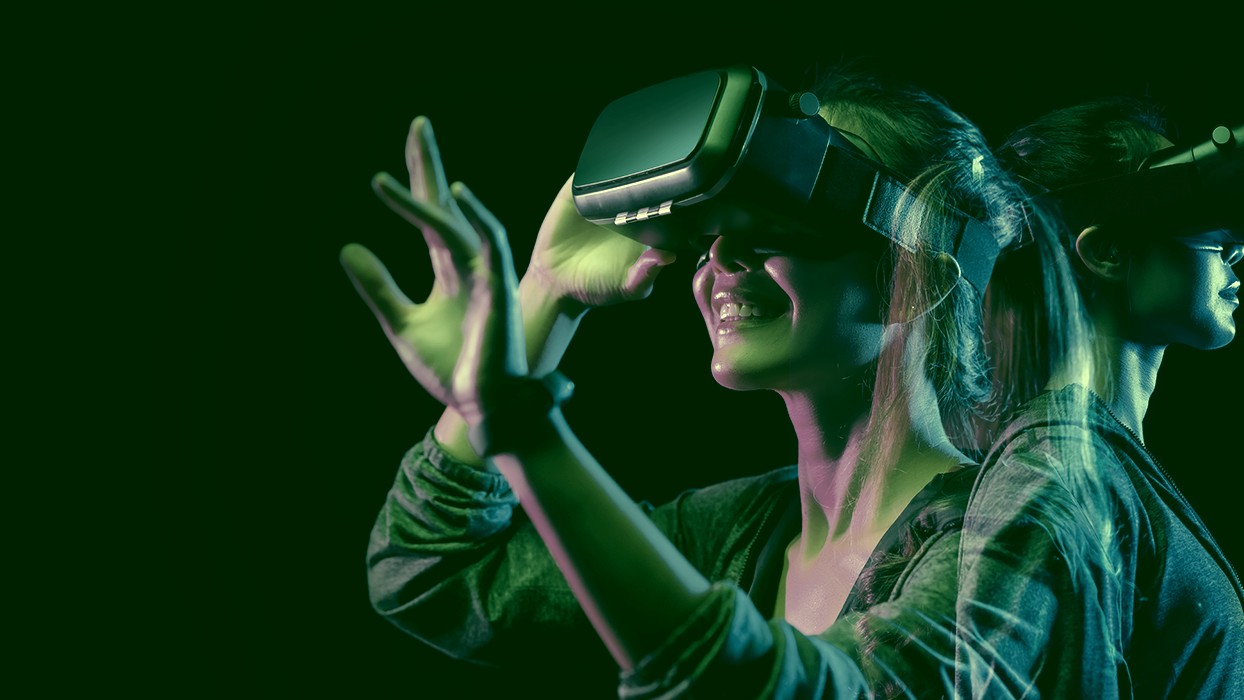In order to improve the utilization of the metaverse, materials company II-VI has partnered with Artilux in Taiwan to create a next-generation 3D camera with a significantly longer range and higher image resolution.
For a small 3D camera that operates in the short-wavelength infrared (SWIR) at 1380 nm, II-VI coupled its unique indium phosphide (InP) semiconductor laser technologies with a sensor array from Artilux, resulting in much improved performance than current cameras running at 940 nm
The InP edge-emitting lasers with up to 2 W of output power and optical diffusers for the highly integrated SWIR illumination module were provided by II-VI in surface-mount technology (SMT) packages for low-cost and high-quality assembly. The SWIR sensor array in the Artilux camera is based on a scalable, established CMOS technology platform called Halcyon that was created in collaboration with foundry TSMC.
For NIR+SWIR (near infrared + short-wavelength infrared) sensing and 3D sensing technologies, Artilux employed germanium on a silicon substrate (GeSi) as opposed to the conventional silicon germanium (SiGe). Dark current and DCR (dark count rate) are reduced by more than 3 orders of magnitude as a result.
Dr. Julie Sheridan Eng, Sr. Vice President, Optoelectronic Devices & Modules Business Unit, II-VI, stated “the longer infrared wavelength improves contrasts and reveals material details that are otherwise not visible with shorter-wavelength illumination. We can illuminate the scene with more brightness while yet staying well within the parameters of the eye safety criteria by constructing a camera that operates at 1380 nm rather than 940 nm. Additionally, the environment absorbs more light at 1380 nm than it does at 940 nm, which lowers background light interference and significantly improves signal-to-noise ratio, allowing for greater range and higher image quality in cameras.”
Dr. Neil Na, co-founder and CTO of Artilux, stated that the compact SWIR 3D camera may be easily included into next-generation consumer products, many of which are being developed for augmented-, mixed-, and virtual-reality applications. “II-VI and Artilux revealed a critical skill that will make the metaverse a well-liked location for leisure, employment, and play. With displays that can recognize, define, classify, and depict visual content, or with avatars that can perceive real-time eye contact and facial emotions, the SWIR camera demonstration offers a glimpse into the future of 3D sensing in the metaverse.”









 and then
and then